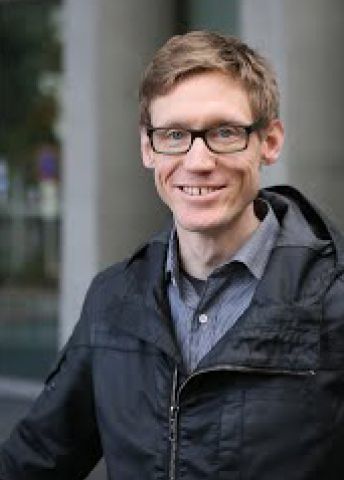
Program for mathematics 2017
Grant to a post-doctoral position abroad
Isac Hedén
Uppsala University
Postdoc at
University of Warwick, UK
Grant to a post-doctoral position abroad
Isac Hedén
Uppsala University
Postdoc at
University of Warwick, UK
Understanding the easiest among the most difficult
Isac Hedén received his Ph.D. in Mathematics from Uppsala University in 2013. Thanks to a grant from the Knut and Alice Wallenberg Foundation, he will hold a postdoctoral position with Professor Miles Reid at the Mathematics Institute, University of Warwick, UK.
The proposed project consists of a study of three distinct but related topics. All three are a part of a long-standing goal of algebraic geometry: classifying geometric representations of solution sets of polynomial equations. Such sets can be straight lines, which are solution sets for first-degree polynomial equations, or circles, which are solution sets for certain second-degree polynomial equations.
Solution sets can form very complicated geometric objects; thus their classification is a difficult challenge, hardly expected to reach a complete solution. Instead, a cruder classification into so-called birationally equivalent sets is performed, where the solution sets have many common characteristics and fulfill some requirements, but not all of them, in order to be classified in the same set.
Once the sets have been classified into the birationally equivalent sets, there are several approaches to studying them. The Minimal Model Program, developed since the 1980s, has proven a successful tool for such research. The idea is to find a representative in each class which is as simple as possible and study these in detail.
The project expects to deploy several strategies in its quest to better understand the solution sets of polynomial equations. For example, an attempt will be made to extend some methods in birational geometry that were developed for two-dimensional objects to three dimensions. This step is fraught with technical obstacles, as both the complexity and the level of difficulty of these methods increase significantly in three dimensions.